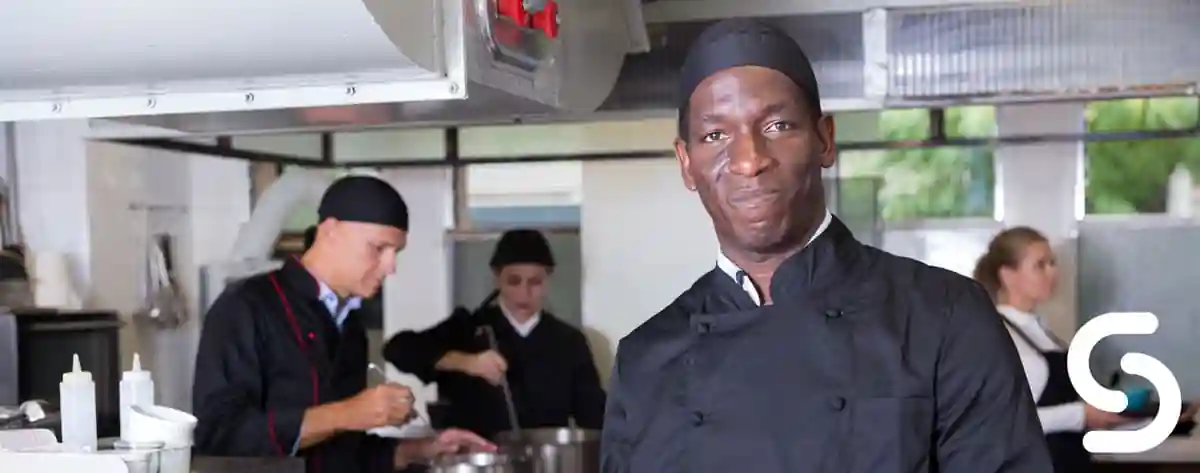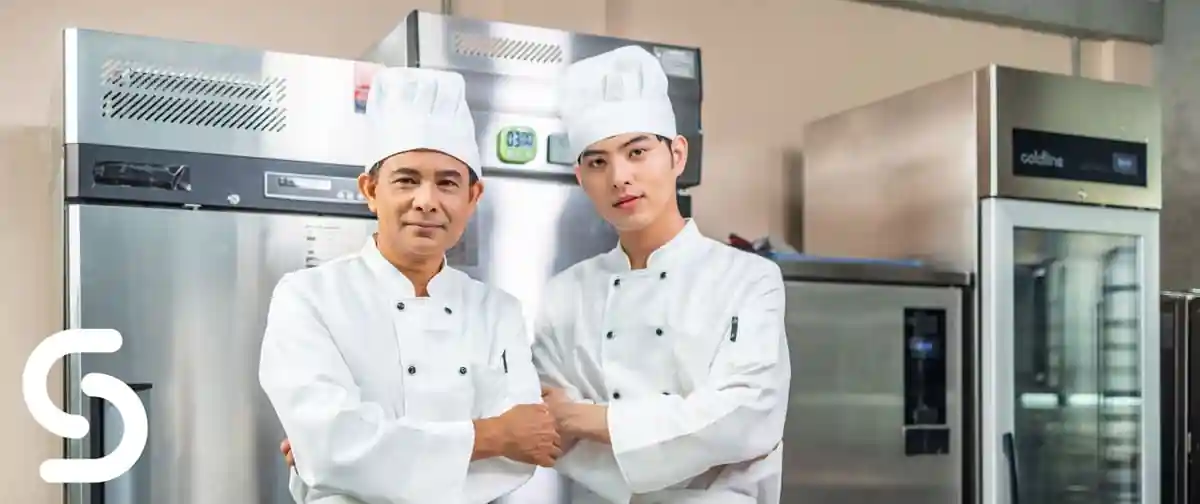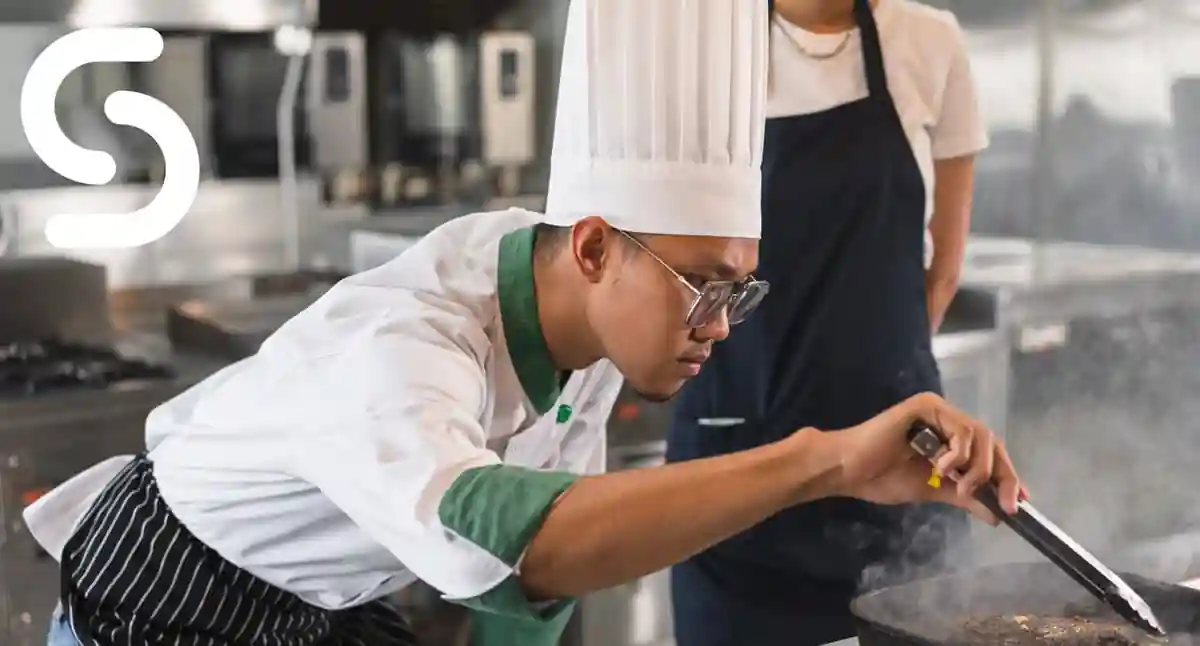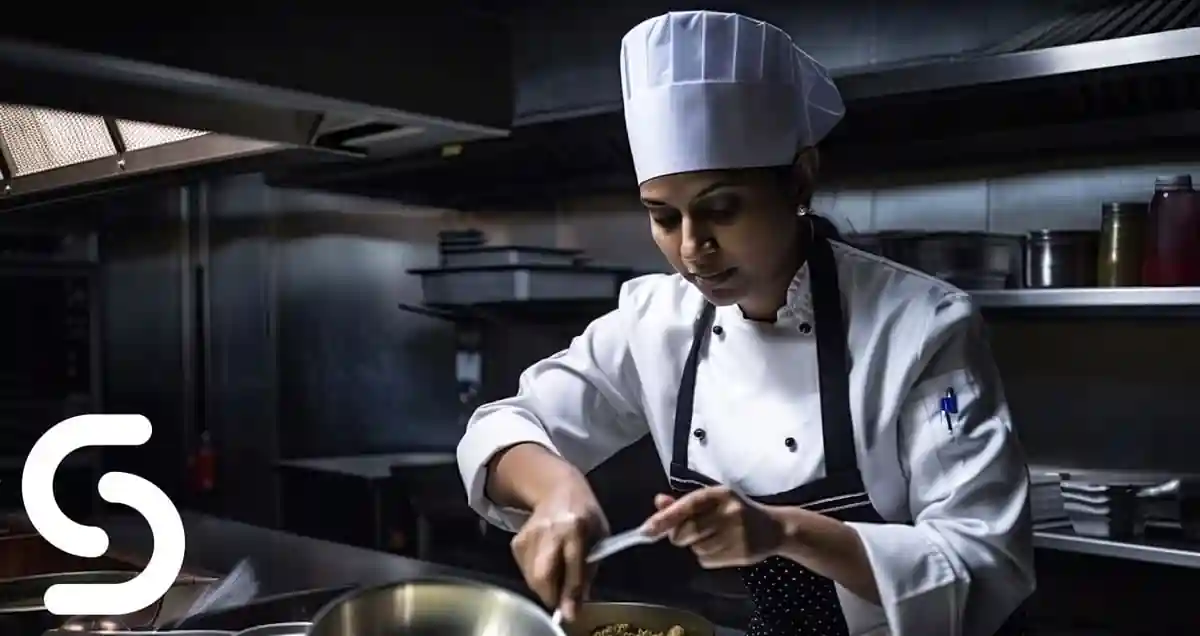Complete Safety Signs Checklist (England & Wales)
Ensuring your venue stays legally compliant. If your catering or hospitality venue is situated in England or Wales, your signage
Ensuring your venue stays legally compliant. If your catering or hospitality venue is situated in England or Wales, your signage
Available in a range of sizes, our brand new illuminated menu covers are all the rage. Our illuminated LED menu
Shop across our entire range of catering & hospitality products with up to 70% off until midnight Monday 1st December.
The leather menu cover can play a crucial role with customer’s first impressions. At Smart Hospitality Supplies, we have made
Chef hats have long been an iconic symbol of the culinary profession, representing professionalism, skill, and tradition.

The cultural significance of these headpieces goes beyond their visual appeal. Chef hats hold deep meaning in culinary cultures worldwide, denoting hierarchy, skill level, or specific culinary traditions. We’ll explore the cultural significance of chef hats, highlighting their diversity and symbolism as an iconic piece of headwear.
In the United Kingdom, chef hats or “toques”, as they’re often called, carry significant tradition and symbolism. This culinary headgear traces back to the 19th century when French haute cuisine began influencing British cooking.
British chefs wear these hats as a sign of professionalism and as an indicator of rank or expertise in the kitchen.
In France, the birthplace of haute cuisine, the classic tall and pleated toque blanche is a fashionable accessory symbol of culinary expertise and tradition. The height of the Toque traditionally indicates the chef’s rank in the kitchen hierarchy, with the executive chef wearing the tallest hat. The toque blanche embodies the values of precision, discipline, and excellence intrinsic to French culinary culture.

The Pizzaiolo Cap in Italy, known for its rich culinary heritage, the chef hat takes the form of a skull cap known as the Pizzaiolo cap. Typically black or white, this cap is worn by pizza makers, symbolising their dedication and skill in pizza-making. The pizzaiolo cap often bears the colours of the Italian flag or the pizzeria’s logo, reflecting pride in Italian cuisine and creating a sense of identity for the pizzaiolo. See here for more on The Meaning behind the colour of Chef Hats.
In Japan, where precision and attention to detail are paramount in culinary arts, the Hachimaki plays a significant role. The Hachimaki is a cloth headband worn by chefs, particularly sushi chefs, to symbolise their dedication, discipline, and food. It’s often adorned with the chef’s or restaurant’s name, reinforcing a sense of identity and pride in their craft. This headband reflects the meticulous nature of Japanese cuisine and the values of perseverance and concentration.

Regional Headwear India’s culinary landscape is diverse, with each region having unique culinary traditions and headwear. In some areas, chefs wear turbans called “pages” as a mark of respect and authority. These brightly coloured turbans signify the chef’s expertise and adherence to culinary traditions passed down through generations. In other regions, specific caps or head coverings denote the culinary customs and cultural identities associated with local cuisine.
In the United States, where culinary traditions blend with innovation, chefs often embrace individuality and personal branding through headwear choices. While traditional white toques are still prevalent in fine dining establishments, many chefs like alternative styles such as skull caps, bandanas, or customised hats that represent their unique style, creativity, or affiliation with specific culinary establishments. These choices allow chefs to express their individuality while maintaining a professional appearance.

They embody tradition, skill, hierarchy, and identity within the culinary world. Whether it’s the tall toque blanche in France, the pizzaiolo cap in Italy, the Hachimaki in Japan, or the regional headwear in India, chef hats reflect the diverse cultural tapestry of global culinary traditions. By understanding the symbolism behind these headpieces, we gain a deeper appreciation for the values and heritage they represent in the culinary profession.




A Company Registered in England & Wales Company Registration Number: GB05069286 VAT Registration Number: GB867112521 Smart Hospitality Supplies is a trading division of The Smart Marketing & Media Group Limited
